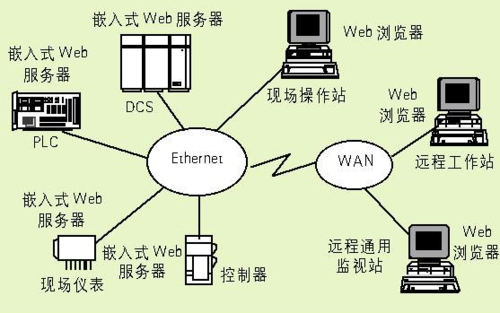
Definition of Embedded Systems
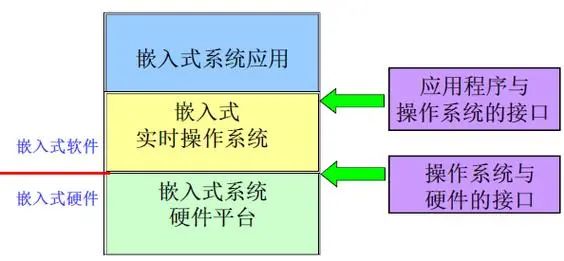
History of Embedded Systems
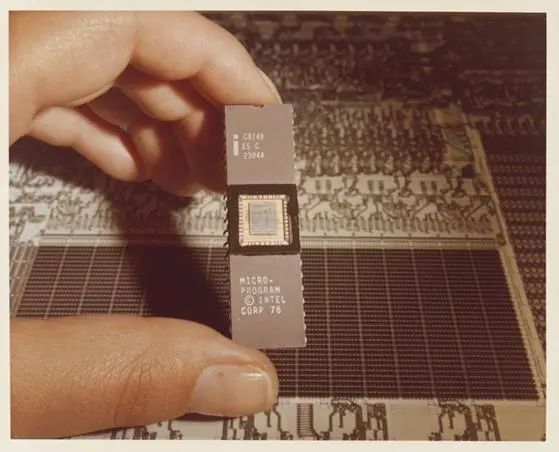
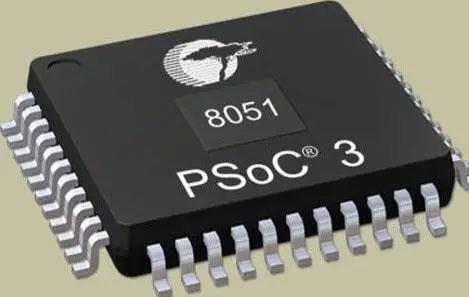

Current Status of Embedded Systems

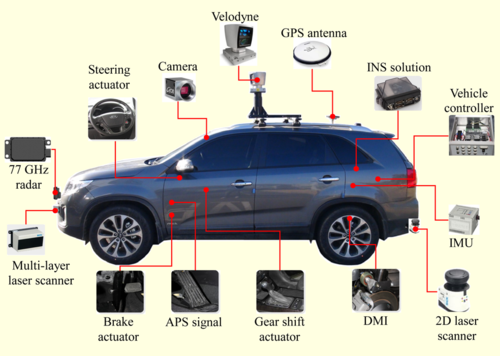
Differences Between Embedded Systems and Non-Embedded Systems
-
Specialization: Embedded systems are designed for specific applications, while non-embedded systems are more general-purpose.
-
Real-Time Performance: Many embedded systems need to complete tasks within a specified time, while non-embedded systems generally do not have such requirements.
-
Customizability: Embedded systems can flexibly tailor hardware and software according to different applications.
-
Compactness and Low Power Consumption: Embedded systems are typically smaller, lighter, and consume less power.
-
High Reliability: Embedded systems must be very reliable as they may operate in harsh environments.

Want to know more
Scan the code to follow